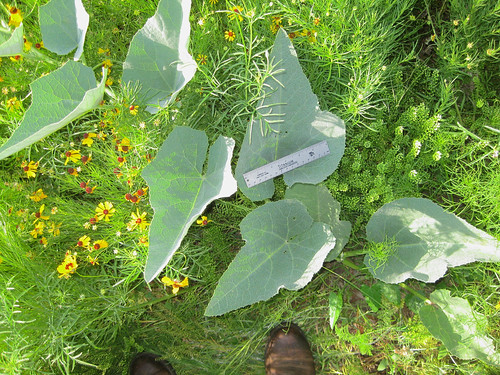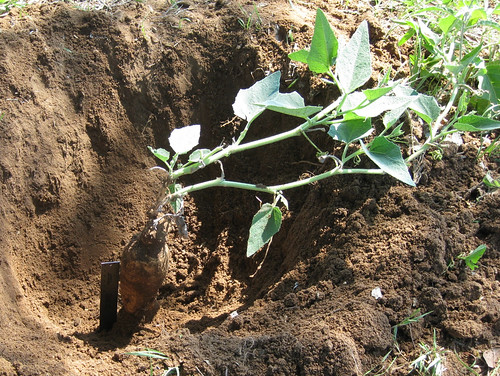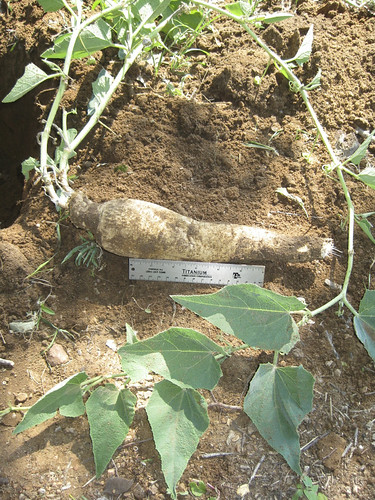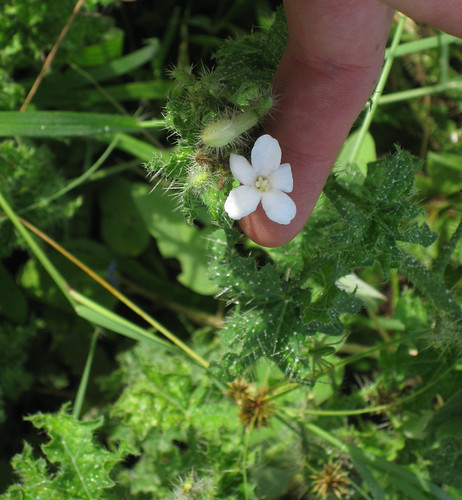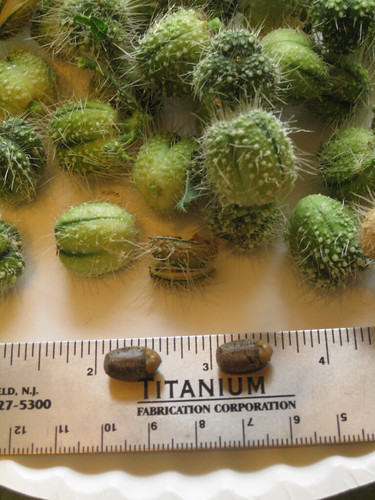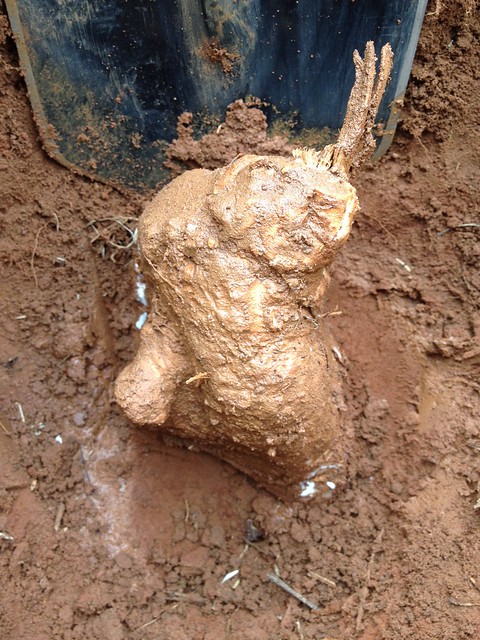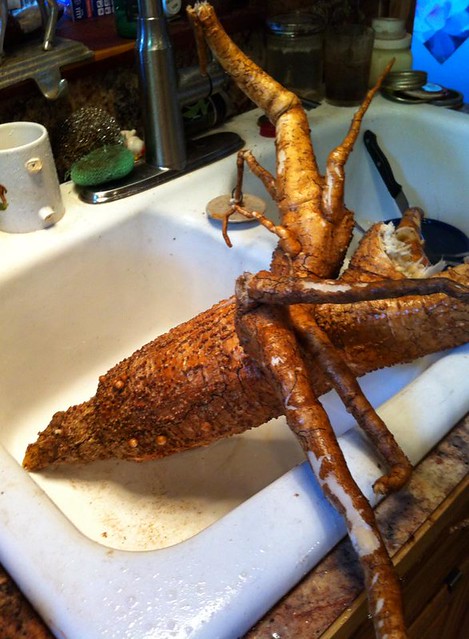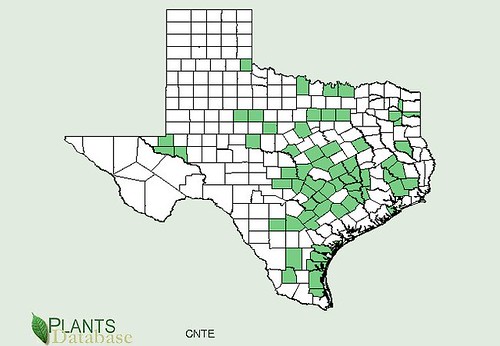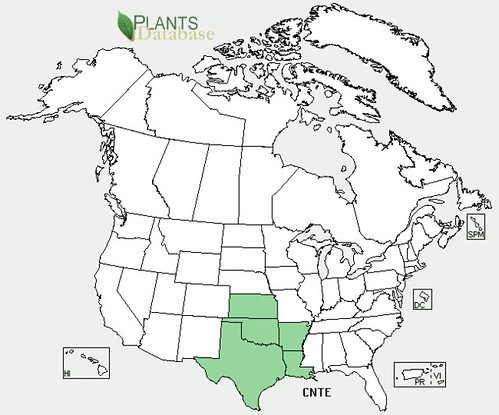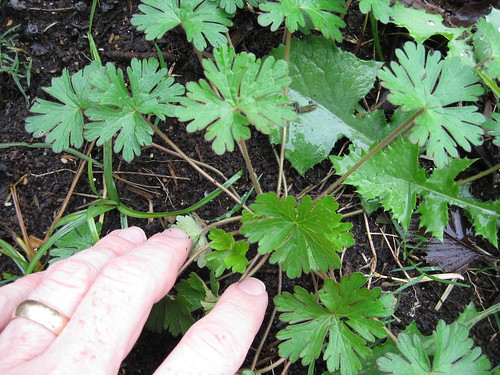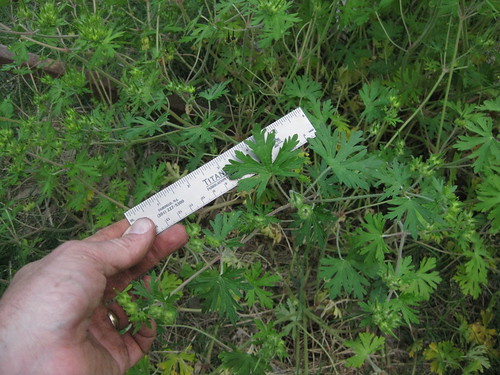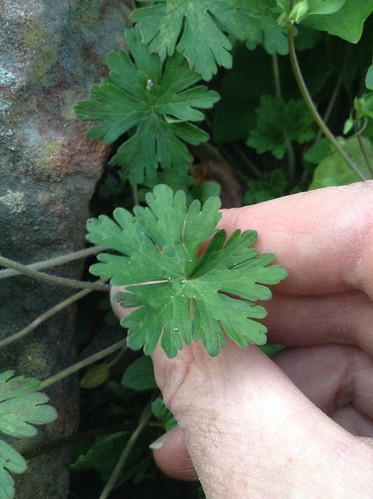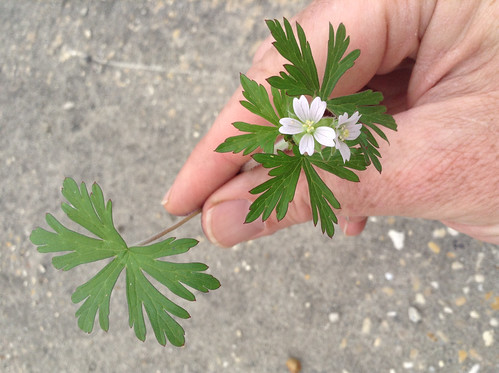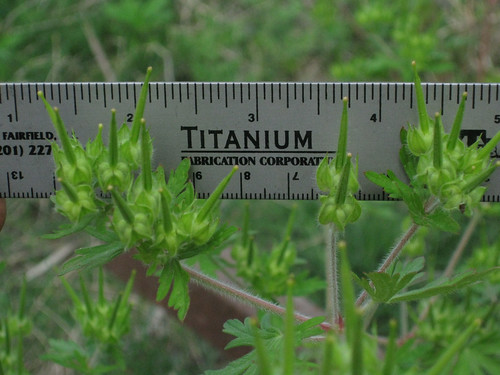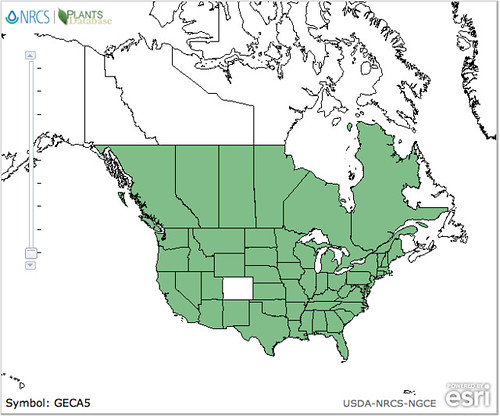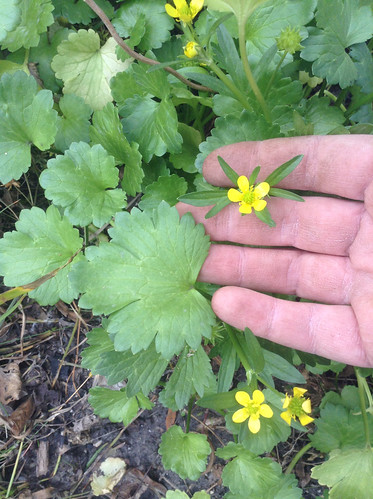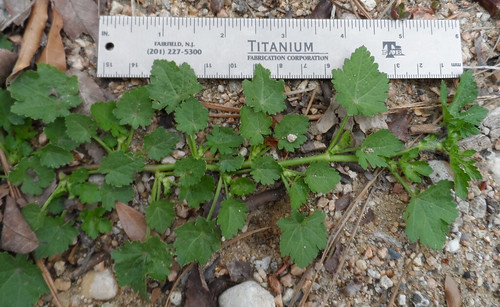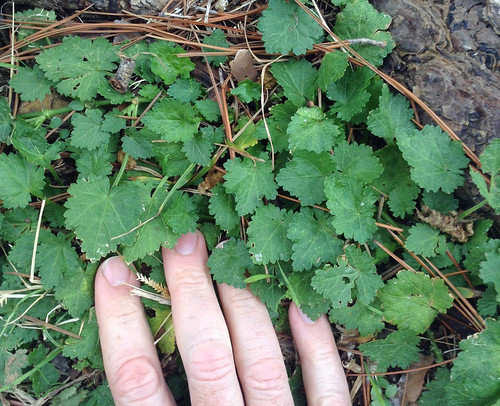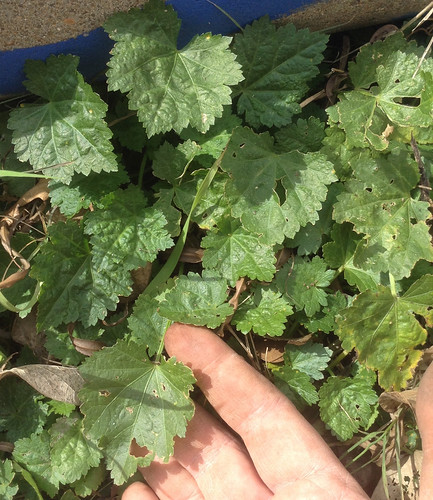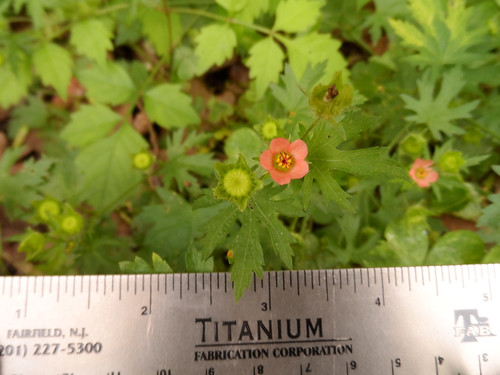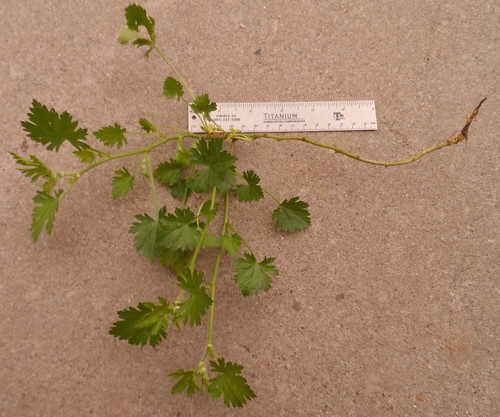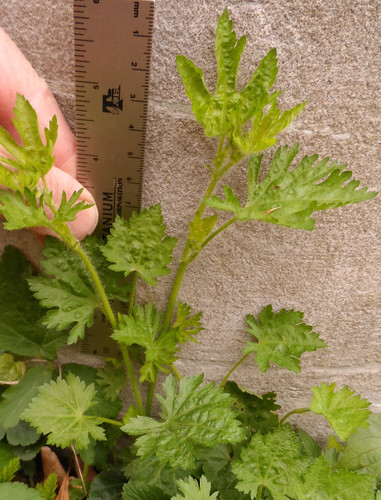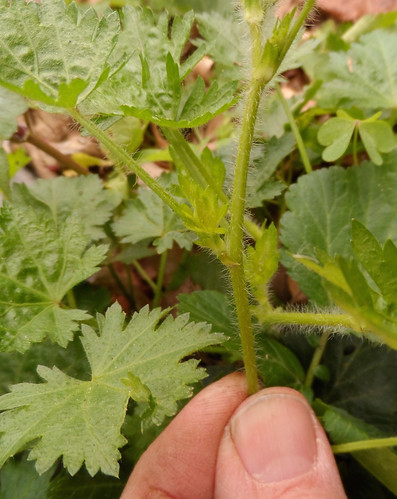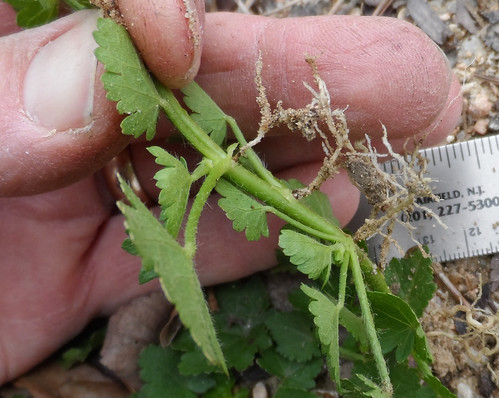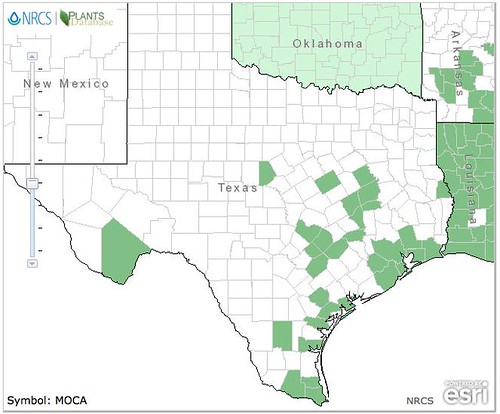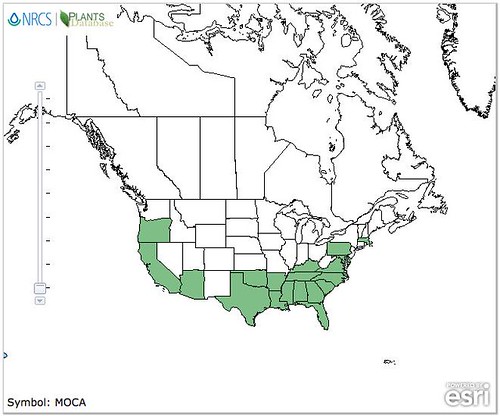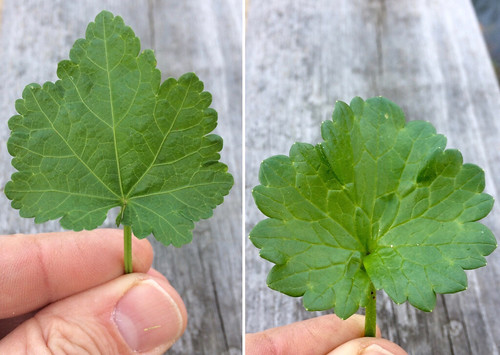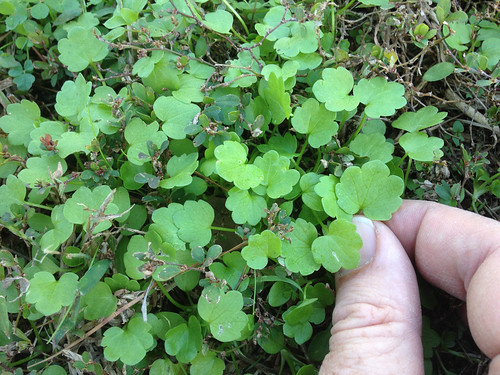Abundance: common
What: sap, seeds, young sprout, inner bark
How: sap is boiled to syrup; young sprouts raw or cooked; inner bark boiled; seeds are roasted
Where: lowland & moist areas; often along water; windbreaks
When: spring, summer, fall, winter
Nutritional Value: carbohydrates, protein, fiber
Dangers: none, though young seedlings may look like Poison Ivy
Medicinal Summary:
Inner Bark - vomit inducer
A young Box Elder tree.

Close-up of young Box Elder bark. When mature the ridges and furrows will be much larger and craggier.
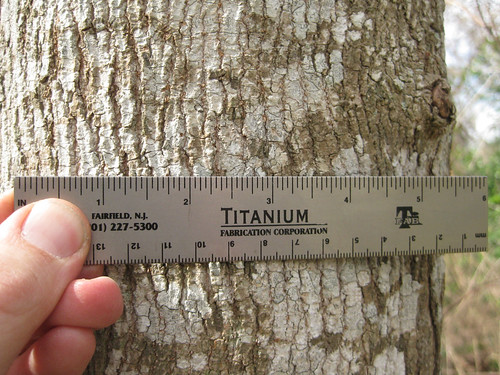
Unripe Box Elder "helicopters". The seeds will be opposite the "fin". They'll be twice this size, dry, and tan when ripe.
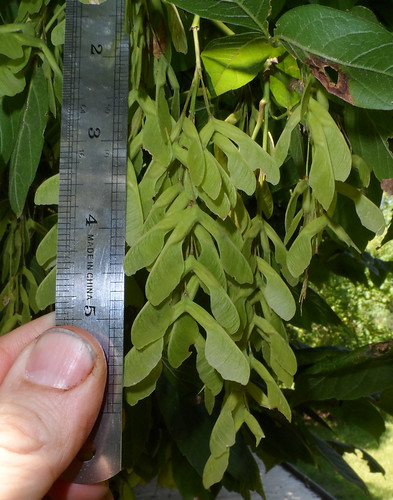
Mature seeds.
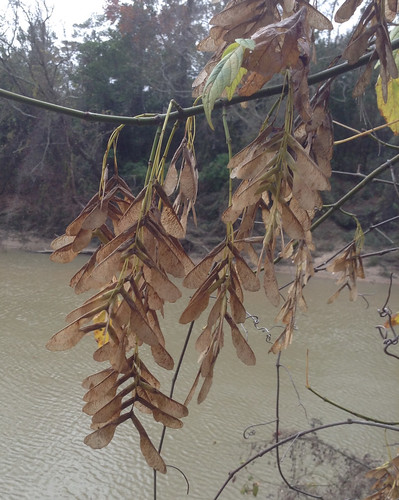
Box Elder compound leaf (top). They have five leaflets.
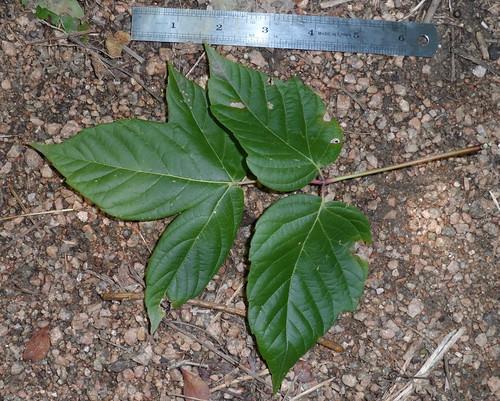
Box Elder compound leaf (bottom). The top section may look tri-lobed in this picture but it is three separate leaflets.
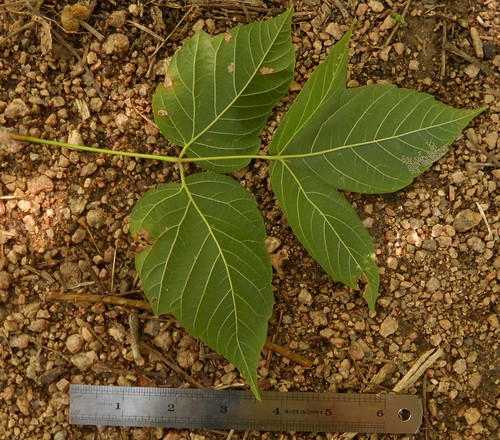
The trunk of a Box Elder sapling. Note the rich, green color.

Texas distribution, attributed to U. S. Department of Agriculture. The marked counties are guidelines only. Plants may appear in other counties, especially if used in landscaping.
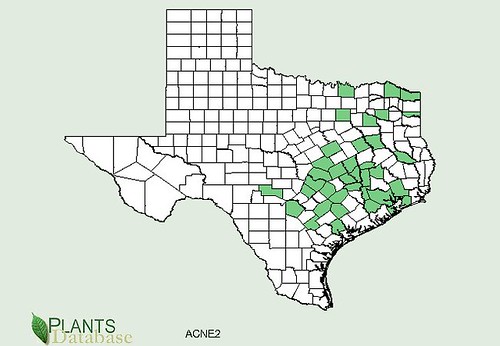
North American distribution, attributed to U. S. Department of Agriculture.
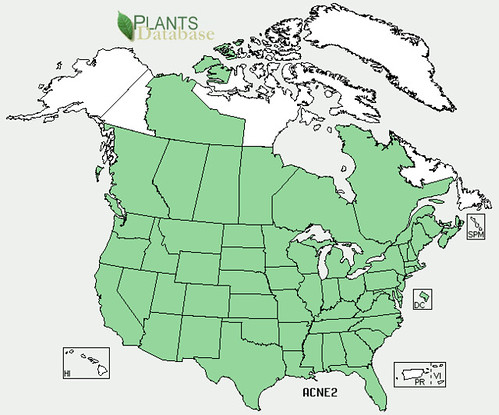
A large part of my childhood was spent up among the branches of the giant Box Elder tree in our backyard. Well, it seemed like a giant tree when I was a kid. These amazingly fast-growing trees max out around 70 feet tall and 30 feet wide. The wood is weak and any big winds will cause branches to drop including those greater than one foot in diameter. Never park under a Box Elder in a storm! These damaged areas quickly lead to the inner heartwood rotting away, making it popular with assorted birds, mammals, and bugs. They do not handle the full Texas sun well, preferring to grow in the partial shade of other trees. They fairly common in East Texas, much less common in the Hill Country and North Texas, and rare to non-existent in West Texas
Box Elders have thick, coarse bark when mature and compound leaves. Both these features hide the fact that they are in the maple (Acer) family. Being maples, they can be tapped for sugary sap in the late winter. Complete directions for tapping maples for syrup can be found here: Making Maple Syrup & Sugar.
Come the warmth of spring, many Box Elder seedlings will sprout up. These are tasty treats to deer, rabbits, and humans! Get them when they are still tender and under eight inches tall. It will have a green, smooth bark and three-part leaves. Actually, the young seedlings look a bit like Poison Ivy to the untrained eye so make sure you know what you are eating. The first set of side leaves of Box Elder are symmetrical whereas Poison Ivy side leaves are asymmetrical with "thumbs" pointing away from the center leaf. The second set of Box Elder leaves will have asymmetrical "thumbs", similar to Poison Ivy.
The inner bark of these trees, like other maples, are edible and contain a fair amount of carbohydrates. Finely chop this inner bark then boil it. Be sure to drink the water to get all the calories. This boiled bark will be a bit sweeter than most other non-maple barks but a flavoring agent will help improve its taste. This inner bark is available all year long though its sugar-content will be highest in the later winter when the sap is flowing.
Box Elder seeds are, in my opinion, the best part of the tree. They grow in "helicopter" shells with two joined together at the stem. Come fall, the ripe shells will break apart and fall spinning to the ground. This fluttering motion will send them a small distance from the mother tree. Treat these seeds like pumpkin seeds except they must be freed from their helicopter shell before boiling them for ten minutes in salt water then salting and roasting them at 400F for 10-20 minutes. Cooking time depends on how crisp you want the final product.
Buy my book! Outdoor Adventure Guides Foraging covers 70 of North America's tastiest and easy to find wild edibles shown with the same big pictures as here on the Foraging Texas website.



